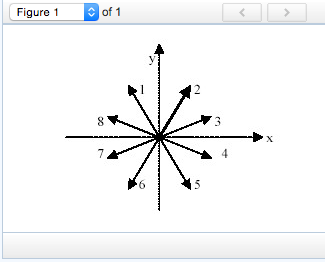PHYS 1201W Chapter Notes - Chapter 7: Angular Velocity, Momentum, Inelastic Collision
32 views2 pages
Document Summary
Linear momentum (often just momentum) is useful in describing collisions; momentum is mass times velocity. 2 objects collide: momentum of each changes but the total momentum often is constant. Change in momentum is related to the forces on the object. Forces that act when momentum changes are called the impulse. Angular momentum rotating about a fixed axis is its moment of inertia times angular velocity. F = m (change in v) / (change in time) The product of average force and time is the impulse. Si unit is kg m / s. When 2 objects collide, they exert forces on each other (action reaction pair) so they are equal and opposite. The net momentum of the 2 objects before and after the collision is the same; the total momentum of the system is conserved. Whenever there is no net external force acting on a system, its momentum is conserved. Momentum is always conserved for an isolated system (only internal forces)
Get access
Grade+
$40 USD/m
Billed monthly

Homework Help
Study Guides
Textbook Solutions
Class Notes
Textbook Notes
Booster Class
10 Verified Answers
Class+
$30 USD/m
Billed monthly

Homework Help
Study Guides
Textbook Solutions
Class Notes
Textbook Notes
Booster Class
7 Verified Answers

